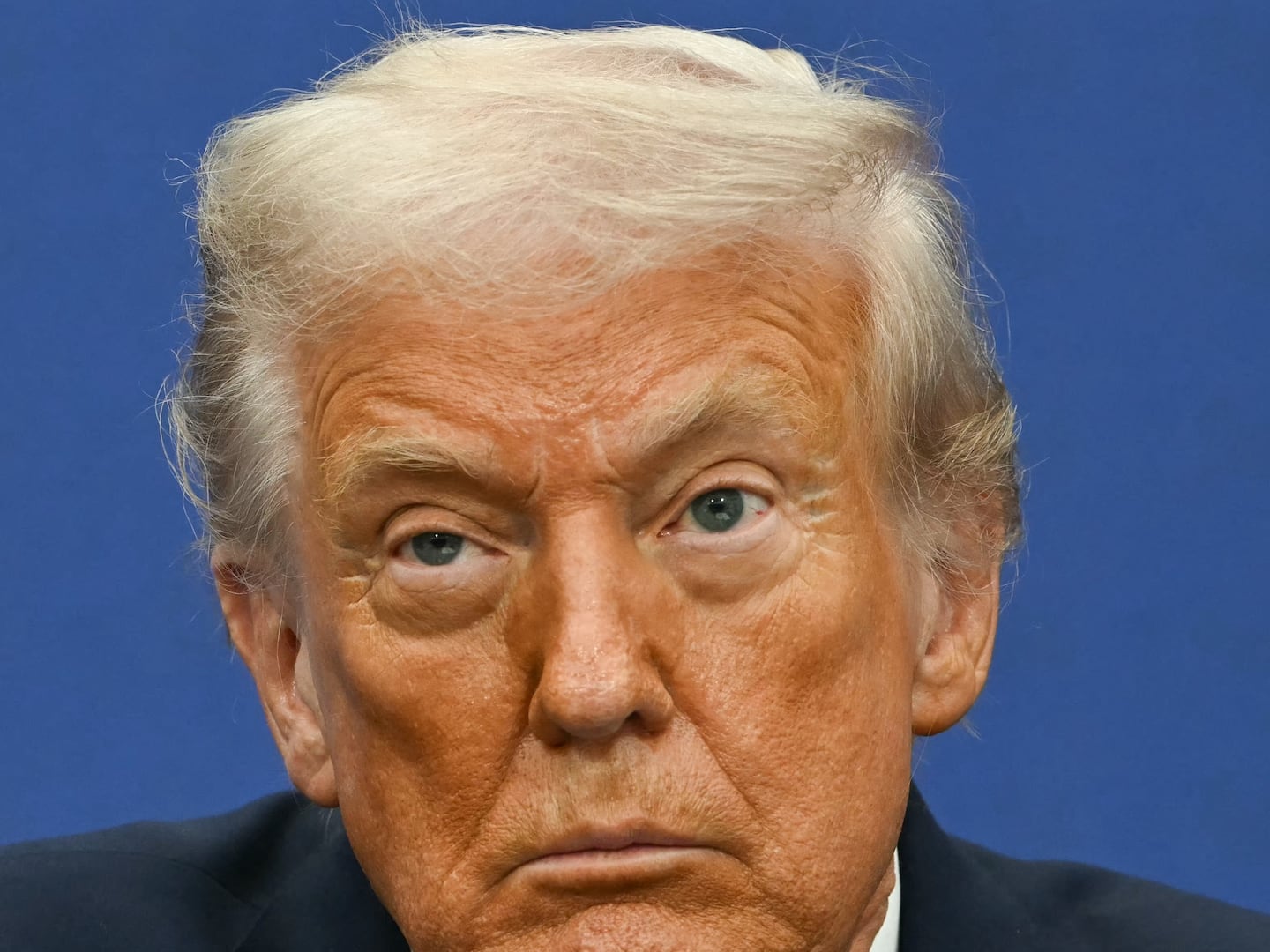ROME—In early 2021, the rare Sandro Botticelli masterpiece “Young Man Holding a Roundel” will be sold on an anonymous online auction through Sotheby’s in what will be a landmark blue-chip art sale in an industry that has suffered greatly during the pandemic with closed galleries, cancelled art fairs, and shuttered auction houses.
The painting, which billionaire Manhattan art collector Sheldon Solow bought in 1982 for $1.3 million, is expected to go for more than $80 million, marking the largest ever online art sale—pandemic or not. It is also what art dealers are calling a “test run” for the future of an industry that has long relied on physical sales to guarantee provenance on higher priced masterpieces and collectibles, according to Bloomberg.
Sotheby's has so far declined to confirm if Solow is still the owner of the Renaissance painting, which was created in Italy in 1480 and which has spent the last seven years on loan to the Metropolitan Museum of Art in New York City. But the sale will eclipse the previous online sales record set last year when Sotheby's sold the so-called “Contemporary Curated” collection that featured an Andy Warhol and a Damien Hirst for $6.4 million.
Experts say the high-dollar art industry has often survived economic downturns. But not so during the pandemic, according to a study by UBS and Art Basel, that found that one third of galleries worldwide downsized their staff in the first half of 2020 when the COVID pandemic first ripped through Europe and then North America, which account for the majority of sales. Galleries with a turnover of between a quarter of a million and half a million dollars reported the largest share of the staff cuts. The same study found that, overall, galleries reported a median decline of 43 percent of their value and don't expect to see sales improve any time soon, in part because buyers are jittery about online purchases due to a long history of fraud.
Before the pandemic, the art world had what Robert Head, head of Fine Art and Private Clients at the Hiscox agency—which specializes in insuring priceless works—calls a “stubborn resistance” to embracing the digital world as a vehicle for buying and selling art. “No longer will we have the joy and pain of crowded art fairs and gallery openings,” he says. “Dealers will have to find new ways to create the buzz that makes us have to buy now, lest we dwell and lose yet another treasure that we can’t live without.”
In 2019, global online art and collectibles sales topped $4.82 billion and are expected to soar in 2020—pacesetter auction houses Christie's, Sotheby's and Phillips saw increases in online sales from Jan. 1 to June 28 of 436 percent over the previous year. The average price for digital sales grew by 207 percent to $23,612 as auction houses start to test collector appetite for buying fine art online, according to Barron's, which has tracked the trend since the pandemic started.
Most of those sales in the first half of 2020 were "fire sales," with collectors selling off key assets to account for economic declines to buyers looking for a deal on items where provenance was guaranteed. But more recent auctions have seen more traditional collections and valuable works put on the block. In a June auction titled “Russian Pictures,” Sotheby’s sold Ivan Konstantinovich Aivazovsky’s 1878 “The Bay of Naples” for an impressive $2.9 million from a seller who was looking to move the work fast.
The issue with online sales still remains the risk of forgeries and fakes when potential buyers and their agents don't get to see the actual artworks on display or examine provenance documents as thoroughly. Italy's patrimony police say that they have seen an increase in forgeries being sold online since the pandemic started, but note that most are—so far–confined to lesser known artists and collectors. "We saw more attempts to sell forgeries before the pandemic," a spokesman for the patrimony police told The Daily Beast. "But it could be that there are more being produced and will only come to the market later."
One artist who has perhaps unsurprisingly profited from a turn to online sales is Banksy, whose collection of 23 prints—offered in three dedicated sales at Sotheby's—all sold for four, five or even 10 times their estimate, according to Benjamin Sutton, writing in Artsy. “The sale’s total take of $2.7 million more than tripled its presale high estimate, and more than half of the buyers were buying from Sotheby’s for the first time,” he says. “The auction’s top lot, a version of the iconic “Girl with Balloon” (2004), elicited 24 bids that pushed it to more than five times its low estimate of $103,000.” The work ultimately sold for $567,000 on September 18, an auction record for a work that spawned 150 numbered prints.
Anders Petterson, managing director of ArtTactic, says that the higher prices show collectors are willing to take a leap of faith and “more confidence among buyers and from auctions in curating higher-value sales.”
He says this shift will likely change art sales even after the pandemic ends, with a combination of in-person auctions being live streamed to allow online buyers to participate. “Even when we revert to normality—traditional offline sales are likely to have a strong digital component,” he says. “So I believe the future is hybrid.”









